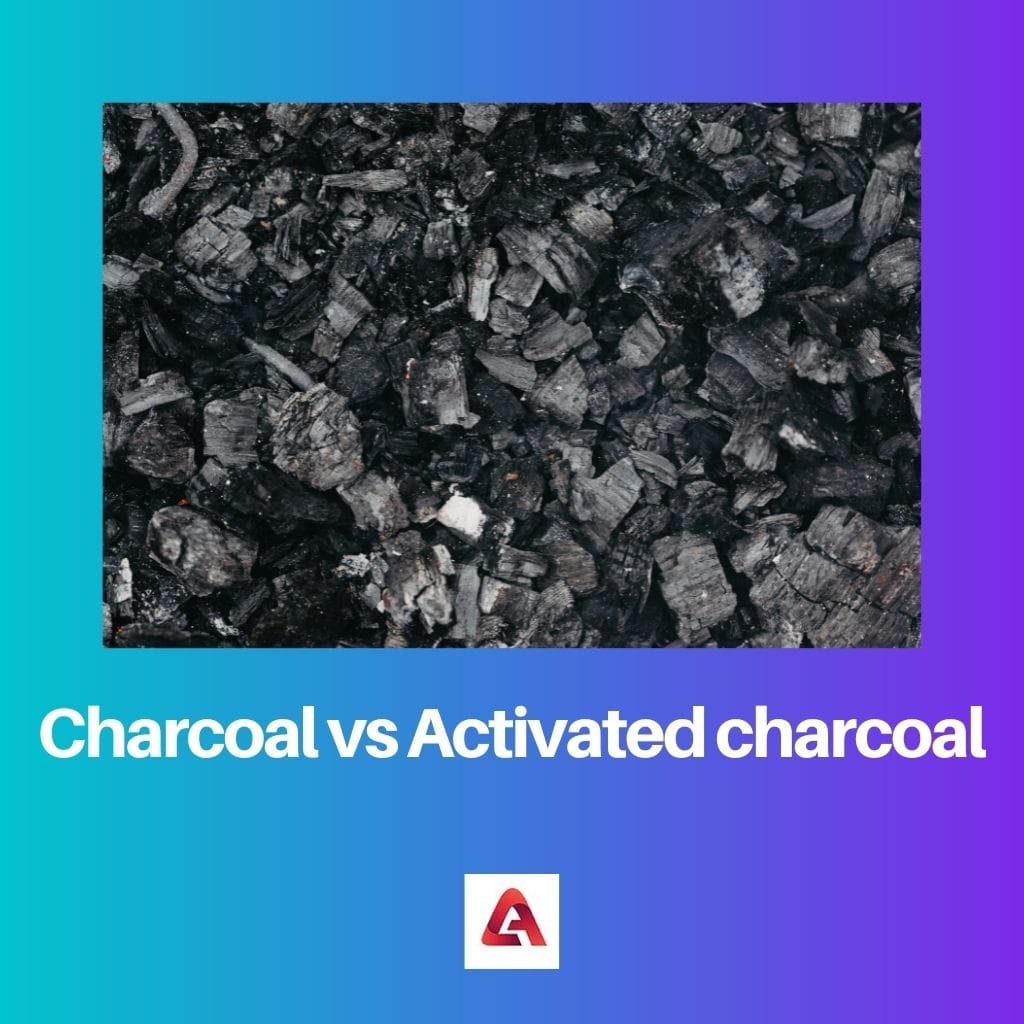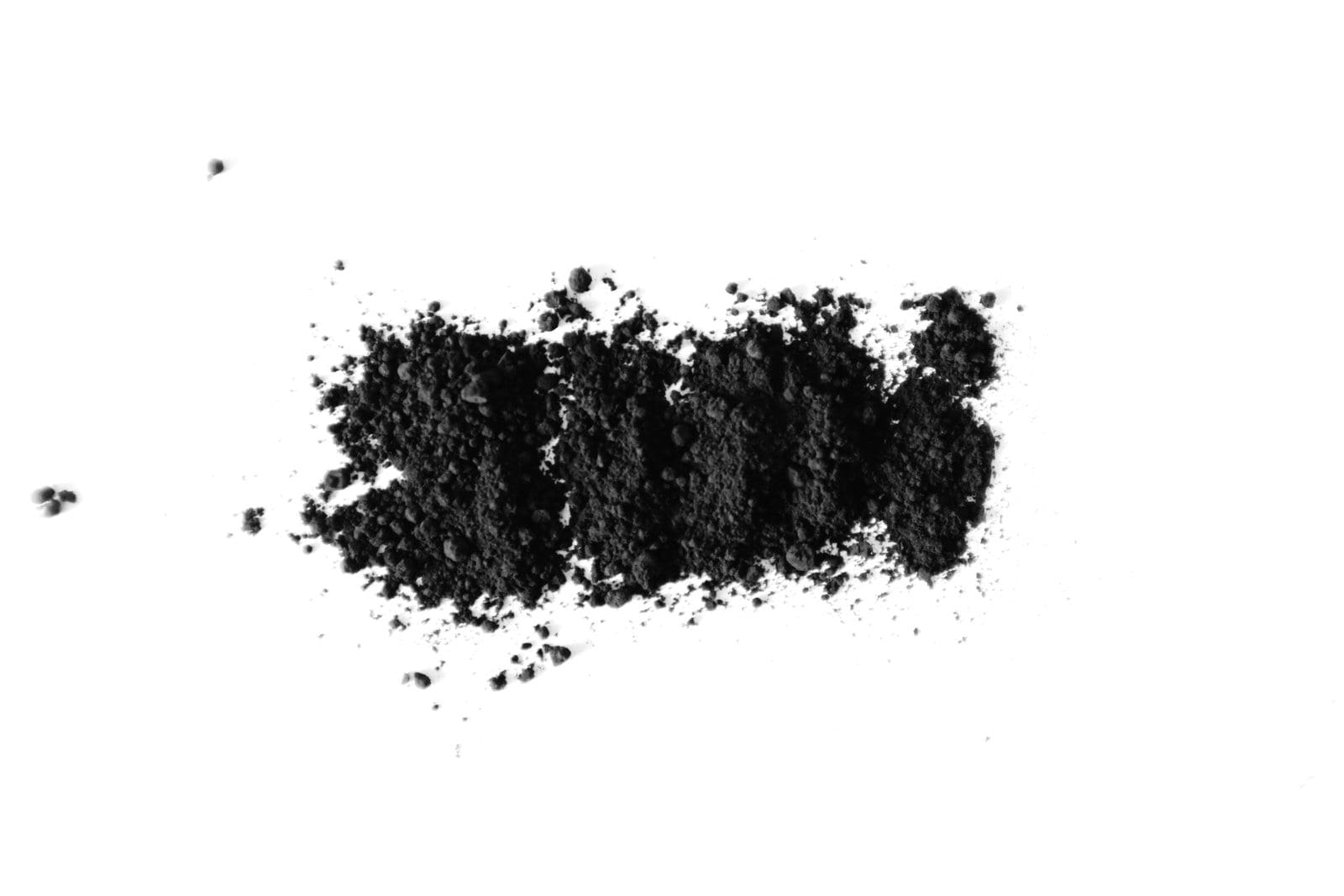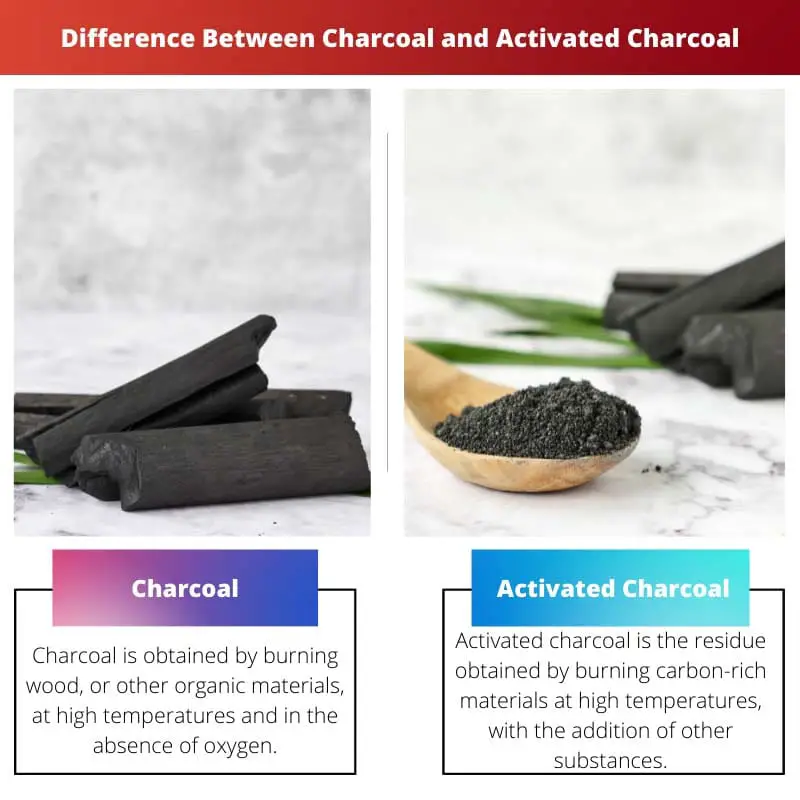Charcoal and activated charcoal are derived from carbon and obtained by burning organic carbon material at very high temperatures.
Key Takeaways
- Charcoal is a carbon-rich material produced by heating wood, peat, or other organic materials without oxygen and is used for cooking, heating, and various industrial applications.
- Activated charcoal is created by heating charcoal to high temperatures in the presence of a gas, resulting in a porous structure with a large surface area, making it highly effective at adsorbing impurities and toxins.
- The main difference between charcoal and activated charcoal lies in their structure and applications, with activated charcoal being more suited for air and water purification and medical uses such as poison treatment. In contrast, regular charcoal is used primarily as a fuel source.
Charcoal vs Activated Charcoal
Regular charcoal combines coat, peat, wood pulp, petroleum and coconut shells, while activated charcoal is a powder comprised of wood, bamboo, coal, or coconut shells that have been burned at a very high temperature. Activated charcoal is activated by exposure to high heat unlike Charcoal.

Charcoal is obtained by heating wood or other organic materials, at high temperatures and without oxygen.
It is not a naturally occurring substance and is hence categorised as a human-made product.
Activated charcoal is obtained from either burning charcoal itself or carbon-rich materials at very high temperatures.
The charcoal powder is then burned with additional substances, such as chloride salts.
Comparison Table
| Parameters of comparison | Charcoal | Activated Charcoal |
|---|---|---|
| Process | Charcoal is obtained by burning wood or other organic materials at high temperatures and without oxygen. | Activated charcoal is the residue from burning carbon-rich materials at high temperatures and adding other substances. |
| Heating temperature | Compared to the temperatures required to burn and produce activated charcoal, the heat needed to burn charcoal is lesser. | Due to the addition of substances, more heat is needed for the production of activated charcoal than standard charcoal. |
| Properties/Structure | Here, standard charcoal has low density, lousy conductivity of heat and electricity, and porosity. | Activated charcoal has a greater surface area, making it an excellent absorbent compared to standard charcoal. |
| Purpose/Uses | Charcoal is used in areas such as teeth whitening and oral health, water filtration, cooking products, and treatment of diarrhoea. | Activated charcoal is used in skincare products, deodorants, water filtration, and treatment of intestinal gas. |
| Porous structure | The internal structure of standard charcoal makes it less porous than activated charcoal. | Due to the addition of substances such as chloride salts, the considerable surface area of activated charcoal makes it highly porous. |
What is Charcoal?
Charcoal is considered to be a debased form of graphitic carbon, produced as a residue when carbon-rich material is either partially burned or burned in the absence of oxygen.
Carbon-rich substances primarily include materials such as wood.
One thing to note is that charcoal is not naturally occurring in nature;i.e., it is a human-made product.
Even if charcoal was found in nature, it was probably produced due to the influence of high temperatures, such as forest fires.
Charcoal has many structural properties that make it very beneficial to use, such as –
- It has a porous structure and composition.
- Charcoal is brittle as well.
- It is a lousy conductor of heat and electricity.
- Charcoal also has a low density.
The chemical composition and structure make carbon easy to add to useful day-to-day products such as toothpaste and tooth whitening products, oral health products, water filtration, treatment of diarrhoea and cooking products.
Even the ashes of charcoal are used in skin care products and gardening. If the ashes contain no toxins, one can use them as a fertiliser.

What is Activated Charcoal?
Activated charcoal is obtained by heating carbon-rich materials such as wood, coconut, sawdust, peat, or charcoal at very high temperatures.
Activated charcoal is also burned with additional substances such as acids, solid bases or salts (such as chloride salts).
The high temperatures force the molecules and ions inside the substance to bind tightly with each other.
During the ” activation ” process, we observe that the charcoal loses any absorbed molecules from before.
Activated charcoal has many distinct properties that make it a much better option in comparison to standard charcoal, such as –
- More excellent pore size distribution in comparison to standard charcoal
- Great absorbing capabilities
Standard charcoal is bounded by chemical substances and has a comparatively smaller surface area.
But, activated charcoal is much more porous due to its vast total surface area.
There are many uses for activated charcoal, and researchers have found many places where properties such as high porosity can be helpful, such as –
- Activated charcoal is primarily used in skincare products
- It is helpful in the production of deodorants
- One can observe that activated charcoal is an excellent cleaner in water filtration.
- It can be used in medicines, such as treating intestinal gas.

Main Differences Between Charcoal and Activated Charcoal
- Charcoal is produced by partially burning wood and carbon substances or burning without oxygen. In contrast, activated charcoal is obtained by burning carbon-rich materials with other substances such as acids, bases, or salts.
- Charcoal is burned under lower temperatures than the heat required to burn activated charcoal. The added substances in activated charcoal require a significant amount of heat.
- Charcoal has a smaller overall surface and is a lousy absorbant of materials in comparison to activated charcoal.
- Charcoal is also less porous as compared to activated charcoal.
- Charcoal is used in cooking products and medicines, while activated charcoal is used in skincare products, deodorants and water filtration.




